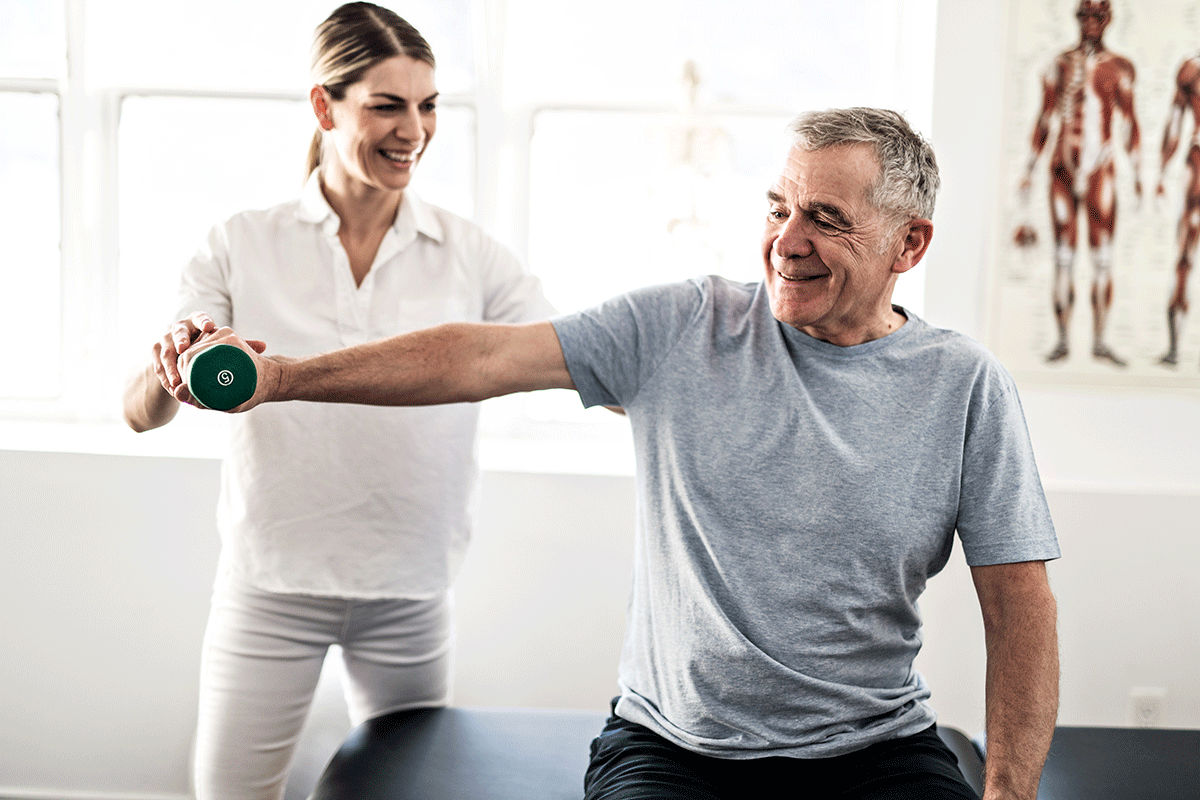The Essential Impact of Resistance Training on Improving Rehabilitation and Performance in Athletic Rehabilitation
Wiki Article
Resistance conditioning plays a vital part in sports rehabilitation, assisting sportspeople heal from traumas and improve their overall performance. When an individual gets injured, their physique requires time to heal. However, during this rehabilitation period, it is essential to preserve power and mobility to avoid further damages. Resistance training can be tailored to fit the requirements of each athlete, focusing on particular muscle groups that may have been impacted by the trauma. This targeted method not only aids in recovery but also prepares the athlete to come back to their sport more robust than before.

One of the primary benefits of resistance conditioning in recovery is its ability to improve muscle strength and endurance. When muscles are more powerful, they can better stabilize joints and minimize the risk of recurrence of injury. For instance, an athlete healing from a knee trauma can benefit from workouts that fortify the quadriceps and back thigh muscles. These muscles play a vital role in stabilizing the knee articulation. By including strength conditioning into their rehabilitation plan, individuals can regain their power more efficiently and safely.
In addition to building power, resistance training also improves mobility and physical therapy for back pain range of movement. Many injuries can lead to stiffness in the injured area, causing it difficult for individuals to navigate freely. Resistance training workouts often involve stretching and elongating the muscles, which can assist reestablish flexibility. For example, adding resistance straps or weights into flexibility routines can enhance the effectiveness of these workouts. As flexibility enhances, athletes can execute actions more efficiently, which is crucial for optimal capabilities in their activity.
Another important aspect of strength conditioning in athletic recovery is its positive impact on mental well-being. Healing from an injury can be a challenging and frustrating process for individuals. Engaging in strength conditioning can offer a sense of accomplishment and enhance self-esteem. As individuals see improvements in their strength and capabilities, they may experience more motivated to continue their recovery journey. This mental uplift can be just as crucial as the physical benefits, as a optimistic attitude can lead to better results in recovery.
Finally, strength conditioning can assist athletes transition back to their activity more seamlessly. Once they have regained their strength and mobility, athletes need to rehearse activity-specific movements to ensure they are prepared for competition. Strength conditioning can be integrated with activity-specific drills to create a holistic rehabilitation plan. This blend allows individuals to not only heal but also improve their performance. By focusing on both rehabilitation and performance, strength training becomes an essential instrument in the recovery process, helping individuals come back to their activity stronger and more durable.